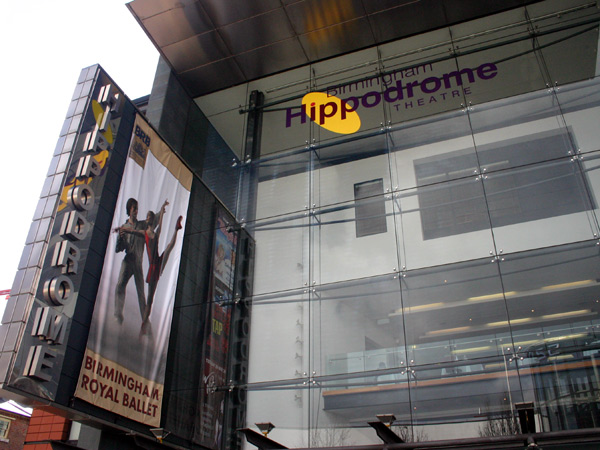
Ruthie Henshall, with her multi-award winning career, has starred in some of the best-loved and popular musicals of the last twenty five years on both Broadway and London’s West End, donning character shoes, leotards and tights and tap shoes throughout. In addition to her tremendous success in plays, in concert and on television, Henshall has starred on stage in Cats, Miss Saigon, Crazy For You, She Loves Me, Marguerite, Oliver!, A Chorus Line, Les Misérables and Chicago. Quite the leading lady… not too mention her stint as a judge on TV show Dancing on Ice!
Following Henshall’s training at the prestigious vocational college Laine Theatre Arts, she went on to join the UK tour cast of A Chorus Line and consequently made her West End debut in Cats, having the chance to play Jemima, Demeter, Jellylorum, Griddlebone and Grizabella. Henshall’s comprehensive and arguably illustrious career has seen her become one of the most popular West End artists, having created roles, been nominated for and won Olivier Awards, and revisiting roles when asked to recreate them, such as Fantine for the tenth anniversary of Les Misérables.
Henshall is perhaps most well known, however, for shaking and shimmying in Chicago, firstly as one of the original London company members of the revival. Henshall has since gone on to play both leads (Roxie Hart and Velma Kelly) in London and on Broadway, spending three years in New York City. Aside from all-performing musicals Henshall has toured extensively in the UK, US and Australia, and is currently touring the UK in An Intimate Evening with Ruthie Henshall, providing audiences with snippets or career through songs and amusing anecdotes from her training and musical theatre days. Without a feather boa in sight Henshall provided a snapshot of her hectic yet completely rewarding schedule, and has eight dates to go!

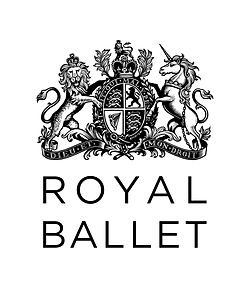 First Artist Jonathan Watkins is set to leave The Royal Ballet on 23 February to embark on a freelance career as a choreographer/director. Watkins joined the company in 2003, with his interest in choreography sparking as a student at The Royal Ballet School and continued in his transition to larger ballet shoes as part of the company. Watkins has, most recently, choreographed Diana and Actaeon as part of Titian: Metamorphosis 2012 with William Tuckett and Liam Scarlett. His many outside commissions to date include two short films for Channel 4 and serving as movement director for Alan Bennett’s latest play People at the National Theatre. Next for Watkins are numerous projects such as choreographing new works in Russia and America, and a collection of theatre and film projects.
First Artist Jonathan Watkins is set to leave The Royal Ballet on 23 February to embark on a freelance career as a choreographer/director. Watkins joined the company in 2003, with his interest in choreography sparking as a student at The Royal Ballet School and continued in his transition to larger ballet shoes as part of the company. Watkins has, most recently, choreographed Diana and Actaeon as part of Titian: Metamorphosis 2012 with William Tuckett and Liam Scarlett. His many outside commissions to date include two short films for Channel 4 and serving as movement director for Alan Bennett’s latest play People at the National Theatre. Next for Watkins are numerous projects such as choreographing new works in Russia and America, and a collection of theatre and film projects. 2012 saw the launch of the Dance Again Foundation, a charity which was created specifically to provide support and advice for professional dancers to help them return to the stage post-injury. Through its work, the Foundation aims to help each dancer manage each injury they have, and even prevent minor injuries develop into major ones through early intervention and enhanced rehabilitation. The injury does not have to have a dance-related cause: for many dancers who have experienced injury through accident, the Dance Again Foundation works to help dancers access the appropriate treatment and therapy to enable them to return to dance.
2012 saw the launch of the Dance Again Foundation, a charity which was created specifically to provide support and advice for professional dancers to help them return to the stage post-injury. Through its work, the Foundation aims to help each dancer manage each injury they have, and even prevent minor injuries develop into major ones through early intervention and enhanced rehabilitation. The injury does not have to have a dance-related cause: for many dancers who have experienced injury through accident, the Dance Again Foundation works to help dancers access the appropriate treatment and therapy to enable them to return to dance.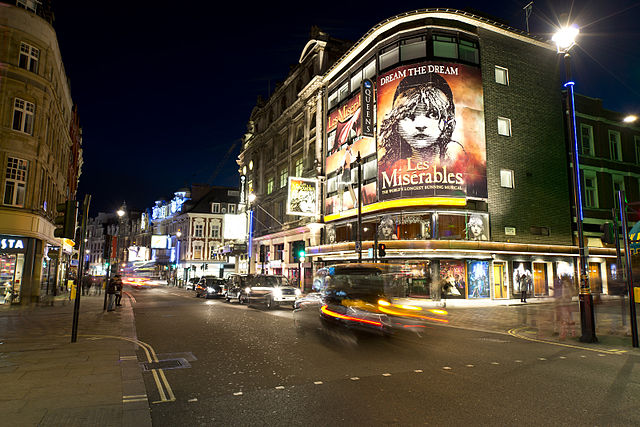
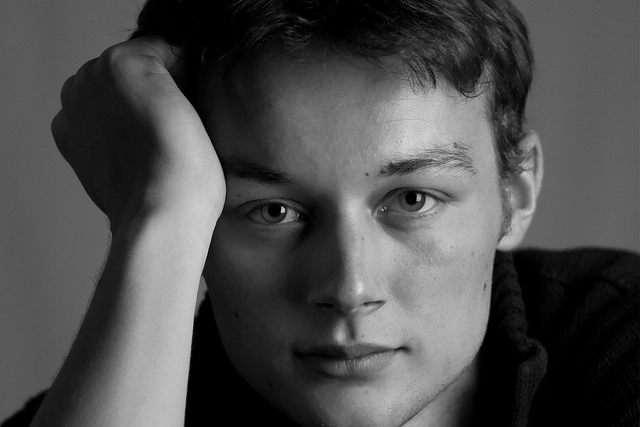
 With 2013 marking The Place’s 43rd anniversary, it was the opening of The Place theatre and the London Contemporary Dance School that saw a distinctly British school of modern dance. Although Robert Cohan may not have been the first person to teach or perform contemporary dance in the UK, he was the first to do it with a vision. As a dance partner of Martha Graham, one of the mothers of American modern dance, Cohan came to the UK from the US in 1967 and set in motion the careers of many of the UK’s most influential choreographers, from Richard Alston and Siobhan Davies to West End veteran Anthony Van Laast. Beginning humbly by teaching Graham technique to students, actors and artists who had little formal dance training, they were soon performing Cohan’s choreography as LCDT.
With 2013 marking The Place’s 43rd anniversary, it was the opening of The Place theatre and the London Contemporary Dance School that saw a distinctly British school of modern dance. Although Robert Cohan may not have been the first person to teach or perform contemporary dance in the UK, he was the first to do it with a vision. As a dance partner of Martha Graham, one of the mothers of American modern dance, Cohan came to the UK from the US in 1967 and set in motion the careers of many of the UK’s most influential choreographers, from Richard Alston and Siobhan Davies to West End veteran Anthony Van Laast. Beginning humbly by teaching Graham technique to students, actors and artists who had little formal dance training, they were soon performing Cohan’s choreography as LCDT.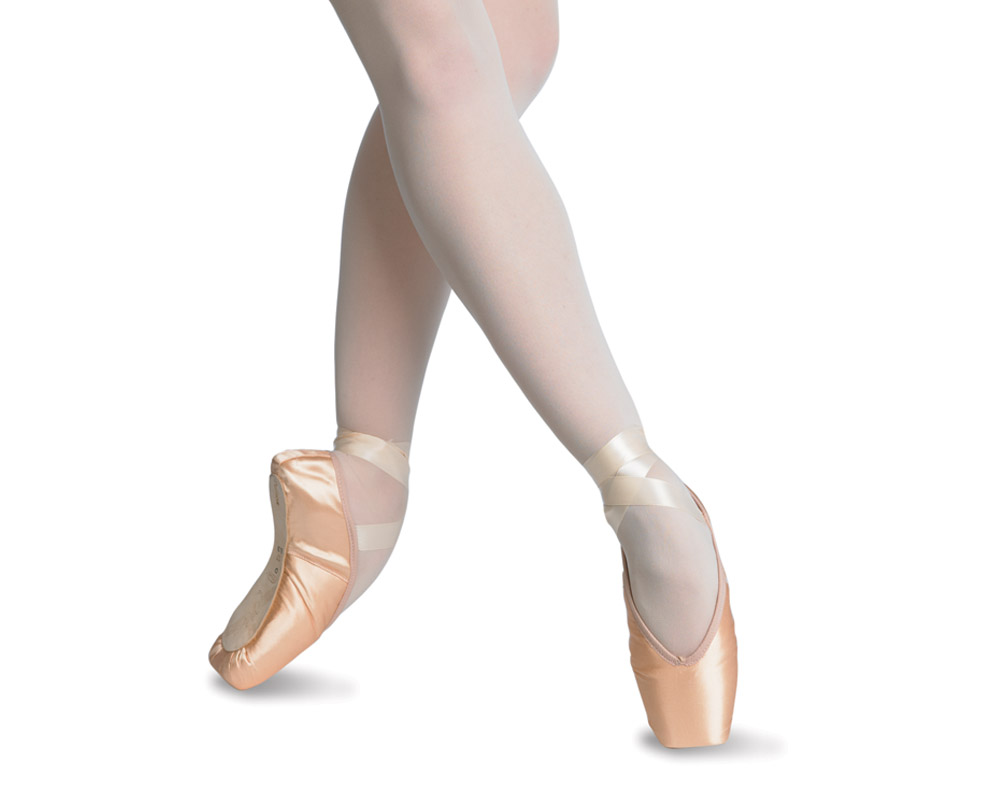
 It has been announced that the Paris Opera Ballet will be taken over by Benjamin Millepied, the choreographer and a former principal at New York City Ballet, in September 2014. The previous director, Brigitte Lefèvre, will retire at the end of the 2013-14 season after nearly ten years at the top.
It has been announced that the Paris Opera Ballet will be taken over by Benjamin Millepied, the choreographer and a former principal at New York City Ballet, in September 2014. The previous director, Brigitte Lefèvre, will retire at the end of the 2013-14 season after nearly ten years at the top.